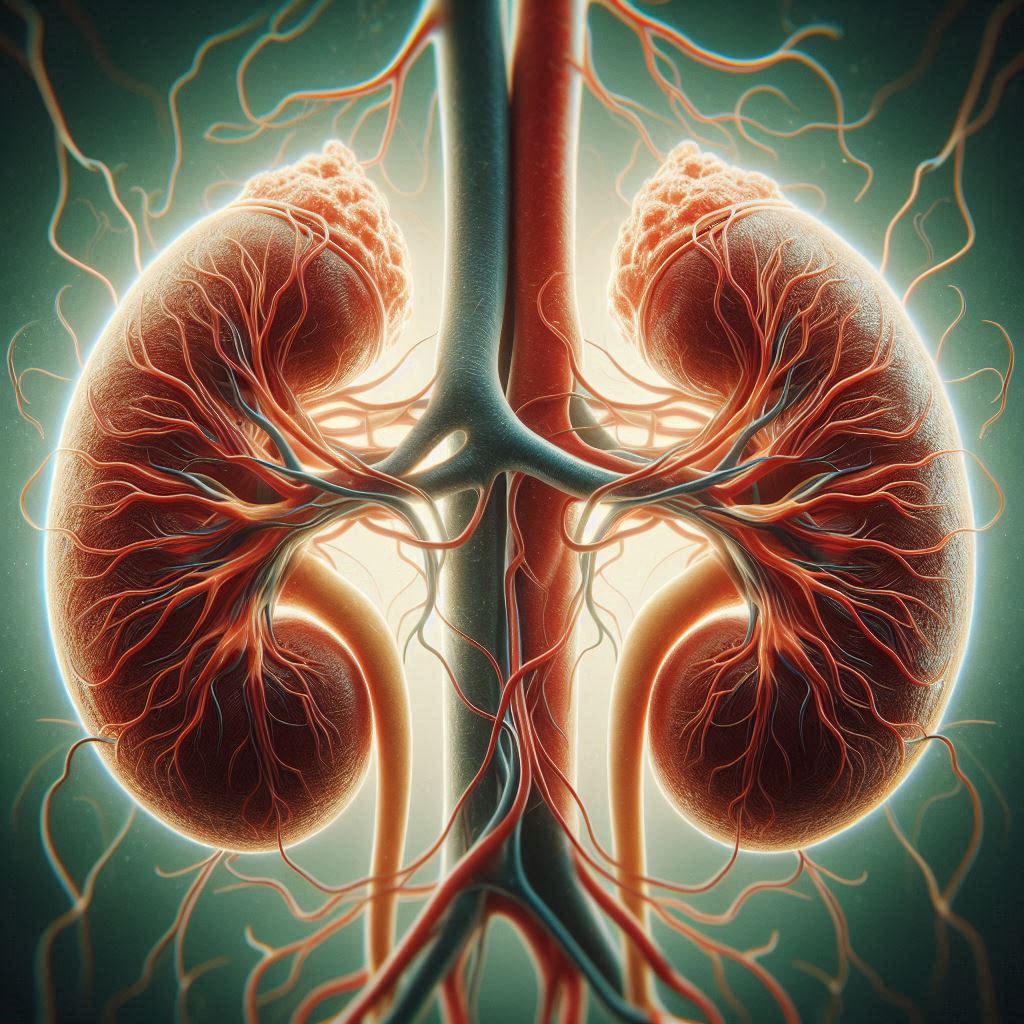If the ABG pH is 7.4, we need to examine the PaCO2 and HCO3- levels to determine if it’s acidosis or alkalosis:
Normal values:
- pH: 7.35-7.45
- PaCO2: 35-45 mmHg
- HCO3-: 22-28 mmol/L
Scenarios for pH 7.4:
- Respiratory Alkalosis:
- PaCO2 decreased (<35 mmHg)
- HCO3- normal or slightly decreased
- Compensated Metabolic Acidosis:
- PaCO2 decreased (<35 mmHg)
- HCO3- decreased (<22 mmol/L)
- Normal Acid-Base Status:
- PaCO2 normal (35-45 mmHg)
- HCO3- normal (22-28 mmol/L)
- Partial Compensated Respiratory Acidosis or Metabolic Alkalosis:
- PaCO2 slightly increased or HCO3- slightly increased, respectively
Determining the primary change in an ABG when compensation is complete involves a systematic approach:
Understand Normal Values:
pH: 7.35 – 7.45
pCO2: 35 – 45 mmHg
HCO3-: 22 – 26 mEq/L
Identify Deviations from Normal:
Look at both pCO2 and HCO3- values to see which one is significantly outside the normal range.
Use the “Primary vs. Compensatory” Rule:
Respiratory Compensation for metabolic disorders:
If HCO3- is the primary deviation (either high or low), and pCO2 adjusts in the opposite direction (down for high HCO3- or up for low HCO3-), then the primary disorder is metabolic.
Example: Low HCO3- with a low pCO2 suggests primary metabolic acidosis with respiratory compensation.
Metabolic Compensation for respiratory disorders:
If pCO2 is the primary deviation (either high or low), and HCO3- moves in the same direction (up for high pCO2 or down for low pCO2), then the primary disorder is respiratory.
Example: High pCO2 with high HCO3- indicates primary respiratory acidosis with metabolic compensation.
Consider the Degree of Compensation:
Full Compensation: pH returns to normal (7.35 – 7.45), but this doesn’t mean you can’t identify the primary issue. Look at which component (pCO2 or HCO3-) has changed the most from normal to determine the primary disorder.
Partial Compensation: If pH is still abnormal, it’s clearer but still uses the same logic.
Use Clinical Context:
Sometimes, clinical history or symptoms can give clues. For instance, known COPD might suggest a respiratory component, or vomiting (loss of stomach acid) might hint at metabolic alkalosis.
Simple Rules of Thumb:
Acidosis: If pH is low, think Acidosis. Check if pCO2 or HCO3- is low first.
Low pCO2 → Respiratory Alkalosis (but if compensated, pH could be normal)
Low HCO3- → Metabolic Acidosis
Alkalosis: If pH is high, think Alkalosis. Check if pCO2 or HCO3- is high first.
High pCO2 → Respiratory Acidosis (but if compensated, pH could be normal)
High HCO3- → Metabolic Alkalosis
When compensation is complete, and pH is normal, you’re essentially looking for which parameter (pCO2 or HCO3-) has deviated more from normal to infer the primary disorder. Remember, compensation is never perfect; one value will be more off than the other, guiding you to the primary cause.
Step-by-Step Analysis:
- Determine if it’s Mixed or Compensated:
- Compensated: If one component (either HCO3- or pCO2) is adjusting to bring the pH back to normal, you’re dealing with compensation for a primary disorder.
- If HCO3- is low and pCO2 is also low, this could be:
- Primary Metabolic Acidosis with Respiratory Compensation: Here, the body attempts to correct the acidosis by hyperventilating, reducing pCO2 to “blow off” CO2, which helps to raise pH.
- If HCO3- is low and pCO2 is also low, this could be:
- Mixed Disorder: If both components are moving in directions that would independently cause acid-base imbalance in the same direction (both towards acidosis or both towards alkalosis), you might have a mixed disorder.
- In this case, both low HCO3- (metabolic acidosis) and low pCO2 (respiratory alkalosis) are pulling pH in different directions, but the net result is a normal pH because the effects somewhat cancel each other out.
- Compensated: If one component (either HCO3- or pCO2) is adjusting to bring the pH back to normal, you’re dealing with compensation for a primary disorder.
- Look at the Degree of Change:
- Primary Disorder: Determine which value (HCO3- or pCO2) has deviated further from normal. If one is significantly more abnormal than the other, it’s likely the primary disorder.
- Example Calculation:
- If HCO3- is 18 mEq/L (low by 4 from normal) and pCO2 is 30 mmHg (low by 5 from normal), you might lean towards respiratory alkalosis as the primary disorder since pCO2 is further from normal than HCO3-.
- Use Clinical Context:
- History and Symptoms: Consider if there’s clinical evidence that would support one condition over the other. For instance, recent vomiting or diarrhea might suggest metabolic acidosis, while hyperventilation from anxiety or fever might indicate respiratory alkalosis.
- Rules of Thumb:
- If you’re still unsure:
- Use the anion gap if available for metabolic acidosis confirmation.
- Consider the Winter’s formula for expected pCO2 in metabolic acidosis: Expected pCO2 = 1.5 × HCO3- + 8 ± 2. If pCO2 is significantly lower than expected, respiratory alkalosis might be predominant or mixed.
- If you’re still unsure:
Conclusion:
- Primary Metabolic Acidosis with Respiratory Compensation: If HCO3- is significantly lower than pCO2 deviation from normal.
- Primary Respiratory Alkalosis with Metabolic Compensation: If pCO2 is significantly lower, suggesting the respiratory component is primary.
- Mixed Acid-Base Disorder: If both are equally deviated from normal and clinical context supports conditions causing both disturbances.
In summary, without a clear clinical picture or if both values are equally abnormal, it’s prudent to consider the possibility of a mixed acid-base disorder where both metabolic acidosis and respiratory alkalosis are contributing. However, if one value stands out, start with that as the primary disorder and check for compensation.


Leave a Reply